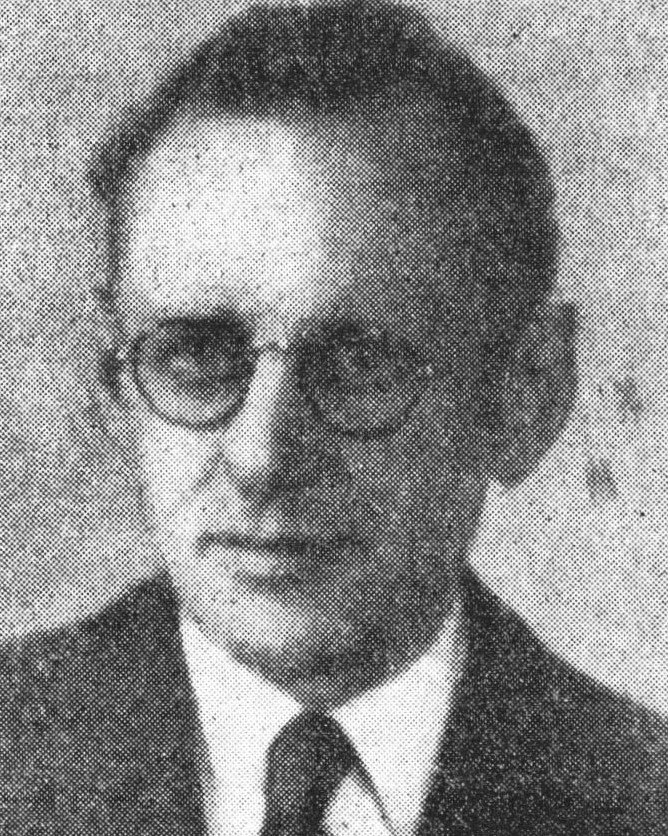Rudolf LÉVY
January 3, 2019Marcel LHERMAN
January 3, 2019Israël LEWIN
VASILISKI (BELARUS) 1904 – DEPORTED TO MAJDANEK 1943
Israël Lewin’s father was a committed Zionist, who gave his son a traditionalist education. The young Israël completed his studies in Kharkov before going on several voyages. In 1921, he left Russia for Poland. The following year, he visited Berlin and Belgium. He arrived in France, discovered Paris, and settled in Grenoble, where he joined a drawing school. In 1924, he met his father in Palestine, where he found inspiration. He returned to Paris in 1925. Israël Lewin was in the Bordeaux region when the German army occupied France. He returned to Paris and left for the Zone Libre (free zone) but was forced to stay in Tours following a car accident. He was injured and taken to a hospital. He was interned on February 25, 1943 in Drancy and was deported on March 6, 1943, on convoy number 51. He was murdered in Majdanek.
Stories of Jewish Artists of the School of Paris 1905-1939
FRENCH-ENGLISH
Capitale des arts, le Paris des années 1905-1939 attire les artistes du monde entier. De cette période de foisonnement, un terme est resté, celui d'Ecole de Paris, qui recouvre une grande diversité d'expression artistique. Dans ce brassage dont Montparnasse est le creuset, un groupe se distingue : celui des artistes juifs venus de Russie, de Pologne et d'Europe centrale. Si leurs styles sont variés, un destin commun les rassemble : ils fuient l'antisémitisme de leur pays d'origine. Certains ont connu la célébrité dès les années 1920, tels Soutine, Lipchitz ou Chagall. D'autres n'ont pas eu le temps ou la chance d'y accéder. Près de la moitié a péri dans les camps de concentration nazis.
From 1905 to 1939, Paris attracted artists from all over the globe as the capital of the art world. This period of artistic proliferation became known as the School of Paris, and includes a great diversity of artistic expression. Within the teeming art world centred on Montparnasse, one group set itself apart: Jewish artists from Russia, Poland, and Central Europe. Although their styles were diverse, they shared the common fate of fleeing anti-Semitic persecutions in their home countries. Some became famous in the 1920s, such as Soutine, Lipchitz, and Chagall, while others did not have the time or the luck to gain renown. Nearly half of these artists died in Nazi concentration camps.





